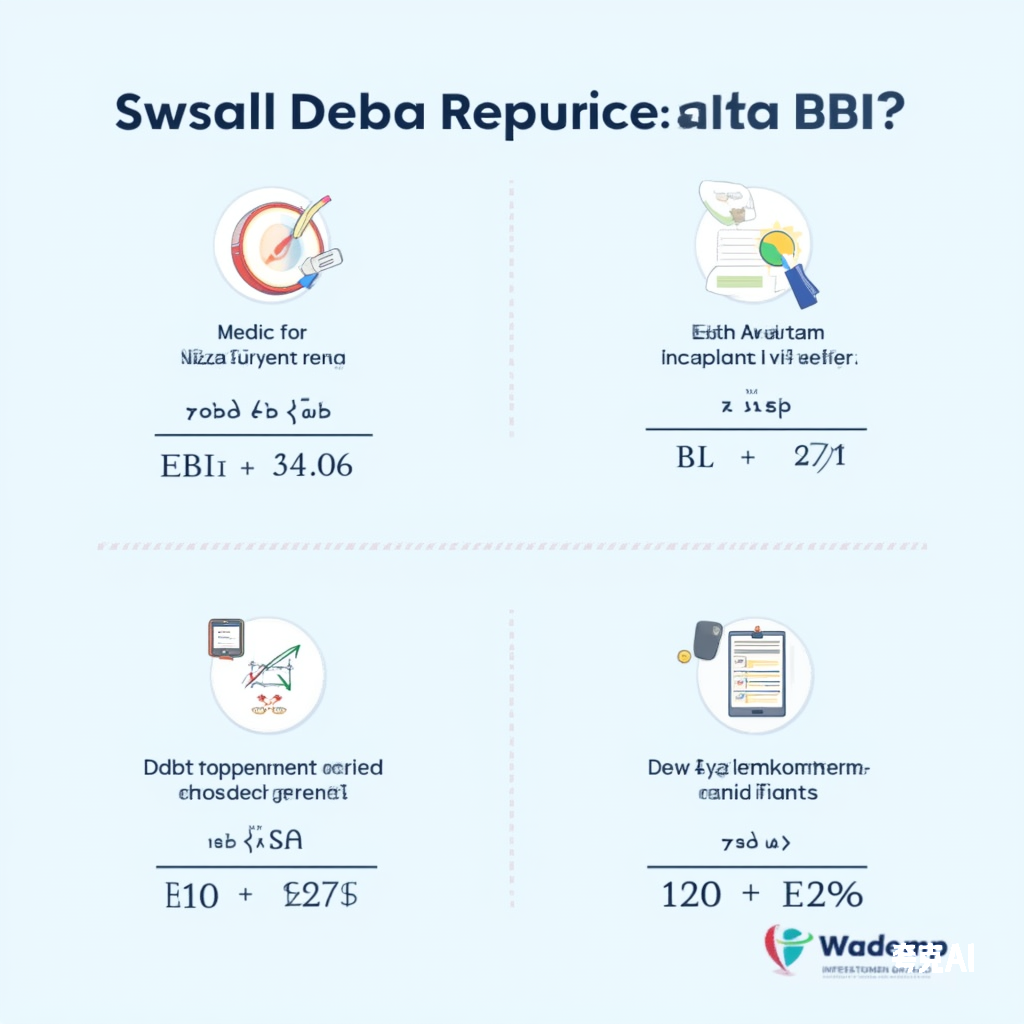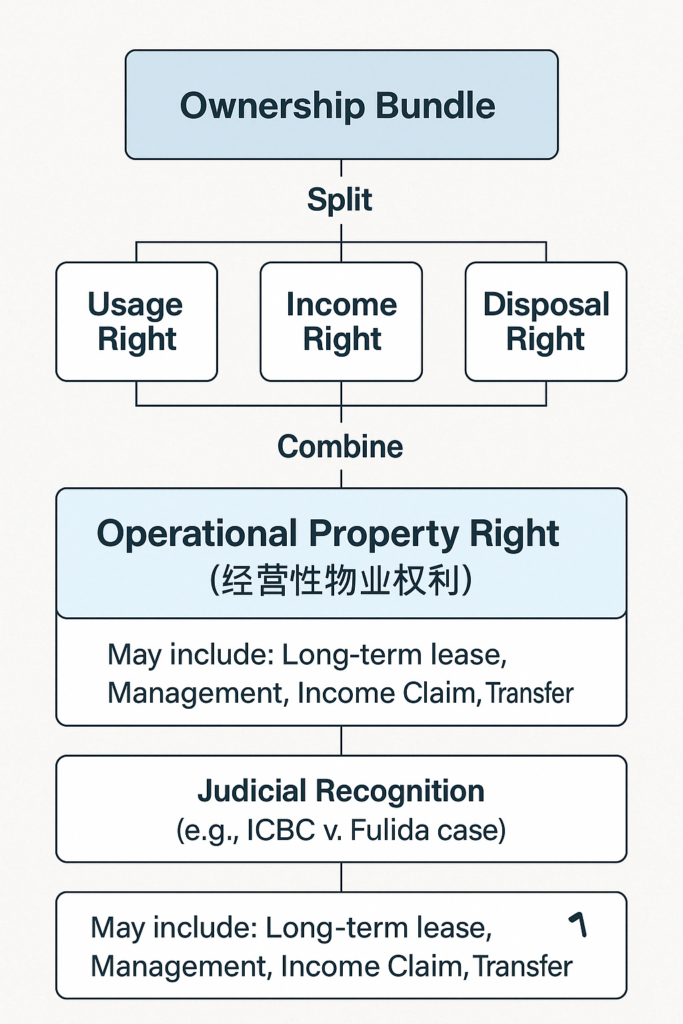In the world of business lending, securing a loan is no simple feat. It’s a meticulous process that involves multiple layers of screening, data verification, and risk assessment. Today, we’ll break down the key stages of business loan approval, offering insights into how lenders evaluate applicants and what businesses can do to improve their chances of success.
1. Initial Screening: The First Line of Defense
1.1 Business Age Verification
Lenders often require businesses to be operational for at least two years. This is based on data from the China Small and Micro Enterprise Financial Services Report (2018), which shows that the average survival period for SMEs is 2.5 years. Younger businesses are deemed less stable and higher risk.
1.2 Legal Entity and Shareholder Verification
Lenders verify the identity of legal representatives and shareholders using facial recognition and electronic business licenses. Key elements include:
- Business name and unified social credit code.
- Legal representative’s name, ID number, and phone number.
Red Flag: If a legal representative’s identity cannot be verified, the application is likely to be rejected.
1.3 Tax Credit Rating
Lenders access tax credit ratings through the Silver-Tax Interaction Platform.
Preferred Ratings: A or B.
Red Flags: C or D ratings, or inconsistent tax payments (e.g., three consecutive months of zero payments).
1.4 Historical Tax Data
Lenders analyze the last 24 months of tax records.
Red Flags: A 40% year-on-year decline in tax payments or frequent zero declarations.
2. Data Collection and Cleansing: Ensuring Authenticity
2.1 Tax System Verification
Lenders cross-check self-reported data with official tax records.
Key Requirement: Businesses must authorize lenders to access their tax data.
2.2 Invoice Data Cross-Verification
Lenders analyze invoice data to identify high-risk transactions, such as those with a single client accounting for over 60% of revenue.
2.3 Business Credit Report Analysis
Lenders scrutinize credit reports for red flags, such as bad loans or guarantees for high-risk entities.
2.4 Personal Debt Ratio of Legal Representative
Lenders calculate the debt-to-income ratio of legal representatives.
Red Flag: A ratio exceeding 70%.
3. Fraud Detection: The Compliance Battle
3.1 Related-Party Transaction Identification
Lenders use equity maps to detect circular invoicing or inflated revenue.
Red Flags: Cross-investments or overlapping management roles among related entities.
3.2 Industry Sensitivity Filter
High-risk industries, such as steel trading or solar energy, are often blacklisted.
3.3 Judicial Risk Scan
Lenders check for ongoing legal cases or recent失信 (dishonesty) records.
3.4 Geographic Anomaly Detection
Business addresses must match tax registration and actual office locations.
4. Credit Limit Calculation: Balancing Risk
4.1 Tax-Based Credit Calculation
Loan amounts are often determined by multiplying recent tax payments by a fixed factor (e.g., 3–5x for VAT, 3x for income tax).
Example: A business with 10,000inVATand10,000inVATand30,000 in income tax may qualify for a $90,000 loan.
4.2 Hidden Debt Detection
Lenders analyze cash flows to uncover undisclosed liabilities.
4.3 Industry Cycle Compensation
Loan terms are adjusted for cyclical industries. For example, tourism businesses may see credit limits reduced by 30% during off-peak seasons.
5. Manual Review and Final Decision: The Last Gate
5.1 Financial Statement Verification
Lenders manually check for inconsistencies, such as mismatched inventory and cost figures.
5.2 Cash Flow Stress Test
Lenders simulate scenarios like a 20% interest rate hike or a 30% revenue drop to assess repayment capacity.
5.3 Related-Party Fund Usage
Excessive shareholder loans (e.g., over 50% of net assets) can jeopardize approval.
6. Post-Disbursement Monitoring: Managing Long-Term Risk
6.1 Fund Flow Tracking
Lenders monitor loan usage. Redirecting funds to unauthorized purposes (e.g., stock trading) triggers early repayment clauses.
6.2 Tax Data Fluctuation Alerts
A 50% monthly decline in tax payments prompts a post-loan review.
Conclusion: Navigating the Loan Approval Process
Securing a business loan is a data-driven process that demands transparency and compliance. By maintaining accurate records, managing debt responsibly, and adhering to legal and tax obligations, businesses can enhance their credibility and improve their chances of approval.
🥳 Love My Content?
Fuel more free guides with a beer! 🍺
(Every sip makes the keyboard dance!)
Secured via PayPal • No account needed

 SinoLoanHub: Expert Business Loan Solutions for North American Companies
SinoLoanHub: Expert Business Loan Solutions for North American Companies






